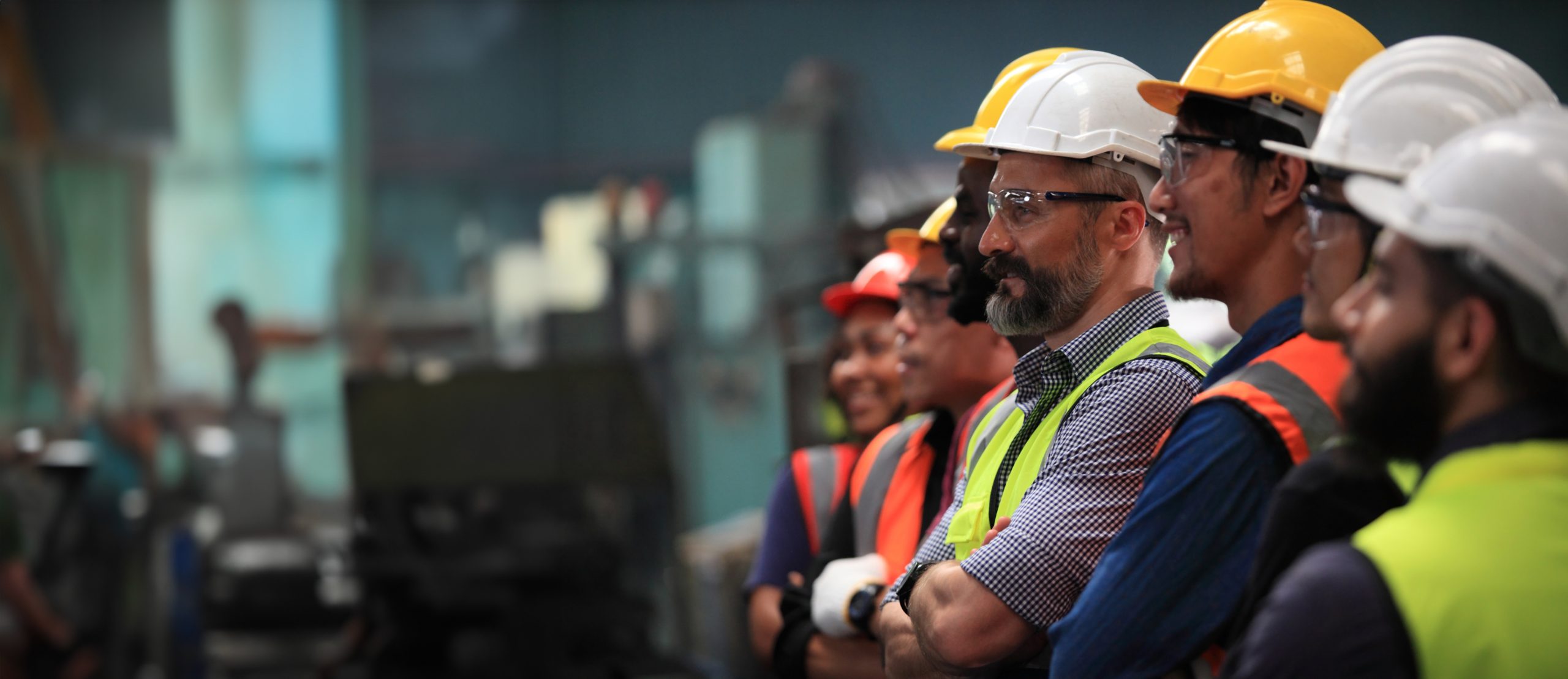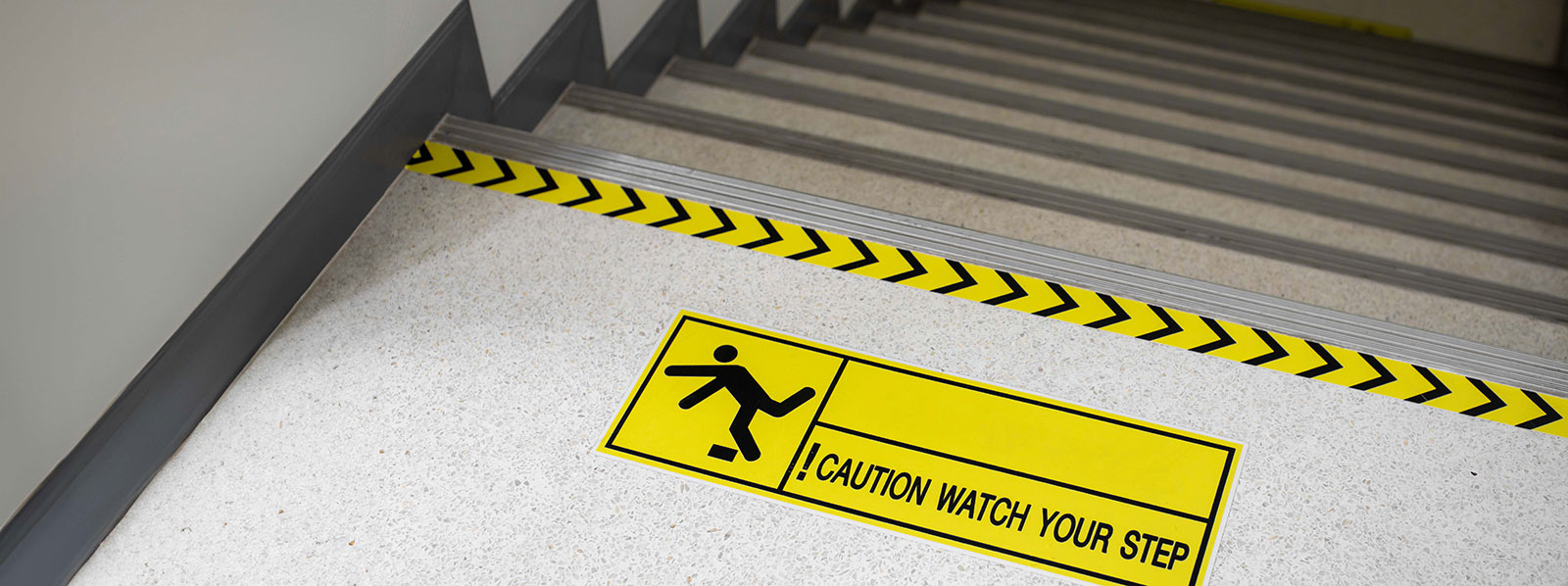
Workplace safety is essential for both employee well-being and business success. A solid Work Health and Safety (WHS) system reduces risks, ensures compliance, and boosts productivity. Here’s how to create one and why it’s crucial for your business.
What is a WHS System
A WHS system is a set of organised policies and procedures designed to identify and manage workplace hazards. It protects employees, visitors, and your business by creating a culture of safety. A key element of this system is a Safe System of Work (SSW)—a structured approach to performing tasks safely by identifying risks, implementing control measures, and ensuring everyone follows safe practices. This is particularly important in high-risk industries such as construction and manufacturing, where strict safety protocols are vital to prevent accidents.
Steps to Build a Safe System of Work
- Risk Assessment
Identify potential hazards—like machinery, chemicals, or noise—and assess the risks they pose.
- Control Measures
Introduce safety equipment, personal protective equipment (PPE), and practices to reduce or eliminate those risks.
- Create Safe Procedures
Develop clear guidelines for each task, including safety steps and emergency actions.
- Train Your Team
Ensure everyone understands the safety protocols, with regular refresher training to keep them up to date.
- Monitor & Review
Regularly assess the system’s effectiveness through audits and feedback to stay ahead of emerging risks.
Why You Need a Safe System of Work
A strong WHS system does more than just keep you compliant with Australian safety laws. It helps prevent accidents, reduces injuries, and cuts workers’ compensation claims, which ultimately leads to higher productivity. A safe workplace also fosters trust with employees, clients, and the community, enhancing your business’s reputation.
The Benefits of a Safe System of Work
Beyond compliance and fewer accidents, the benefits of a WHS system include improved employee health, cost savings from reduced claims, and better retention, as employees are more likely to stay with a company that prioritises their safety.
How to Maintain your WHS System
A WHS system isn’t a one-off task—it requires ongoing attention. Regular training, audits, and adapting to new risks and changes in the workplace or safety regulations are essential to keeping your system effective.
How Risk Management Essentials Can Help
At Risk Management Essentials, we specialise in helping businesses build and maintain robust WHS systems. From risk assessments and safe work procedures to training and audits, we ensure your system remains compliant and efficient, so you can focus on what matters most growing your business.
Download a free support services document.

It includes available support services and resources for employees, such as counselling services, and peer support networks to access when needed.
Just fill out the form and we will email it to you.

























